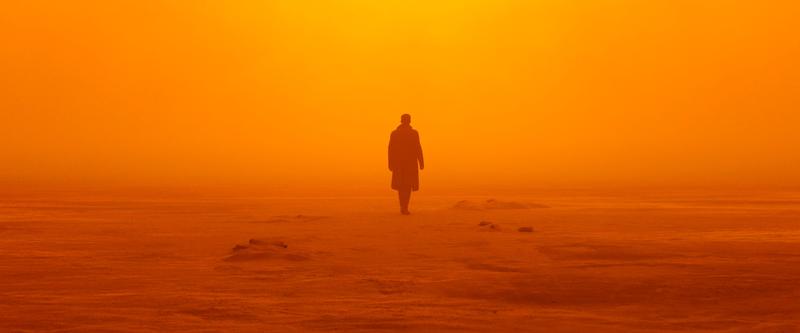
Blade Runner 2049
A sequel to the 1982 sci-fi classic. This time young blade runner (and new improved, allegedly less dangerous replicant) Ryan Gosling is sent to investigate the possibility that some older generation replicants may have had a child—something considered previously impossible.
Very much a Blade Runner film, but also unafraid to be its own thing. In the first one, Deckard is a man who might be a machine— one of the very beings he is tasked with killing. In this one, K is a machine, also designed to kill machines, petrified at the notion that he may be a man.
This is a bold upending of perspective from which to tell the story, but it’s a risk that pays dividends as the story unfolds.
The world has also changed. Gone are the densely populated grimy streets, now the city has been thinned out significantly. Huge areas are devoid of human life, devoted to landfill. Villeneuve builds his own universe for the film while preserving that of the old one.
The visual aesthetic of the film is what grabbed me on this first viewing. Every frame is a painting. Roger Deakins was DP, and he once again shows himself to be a master of the art form.
I cannot wait to see this again. It is an inspired and moving work of art, and somehow finds success as a sequel to one of the all time greats.